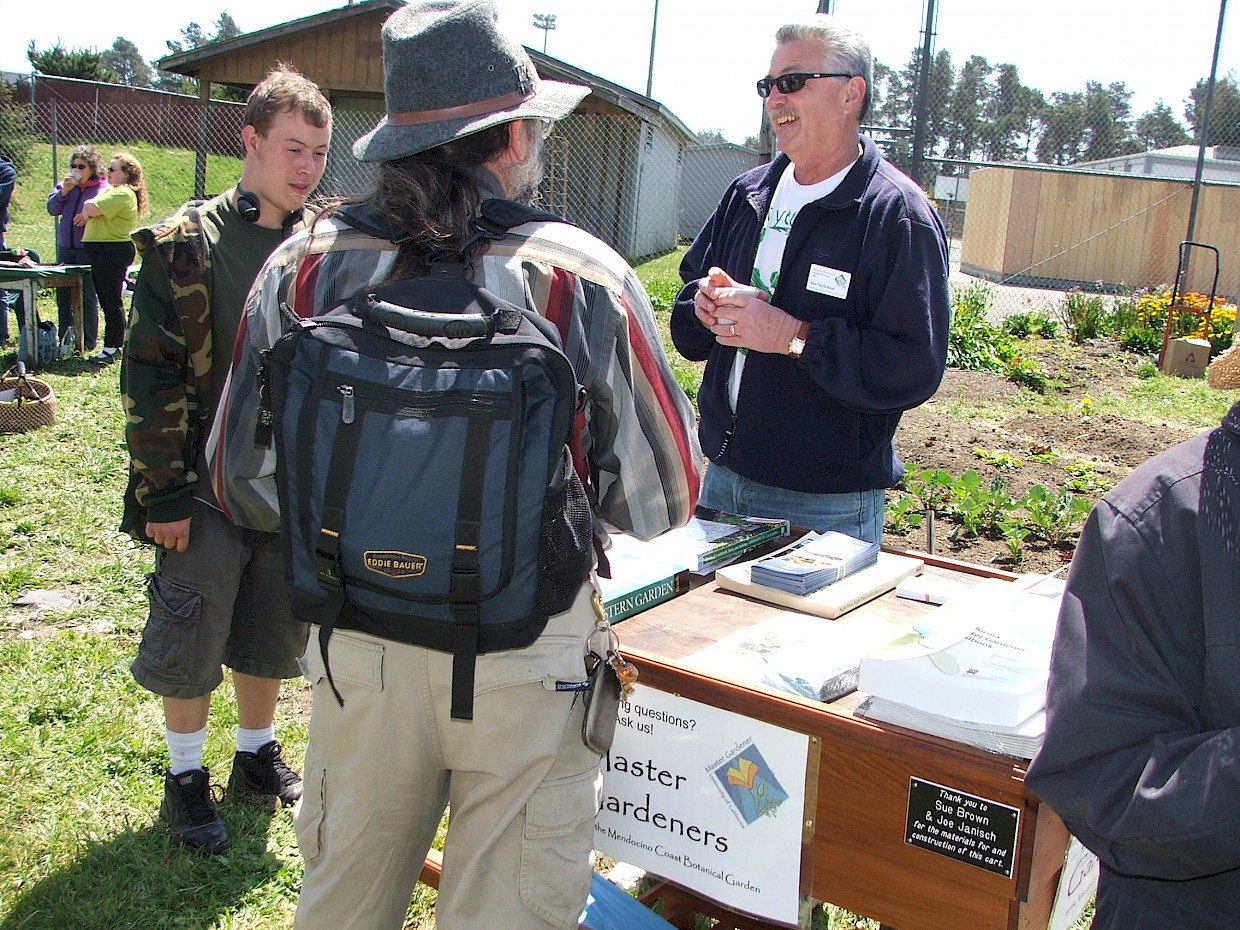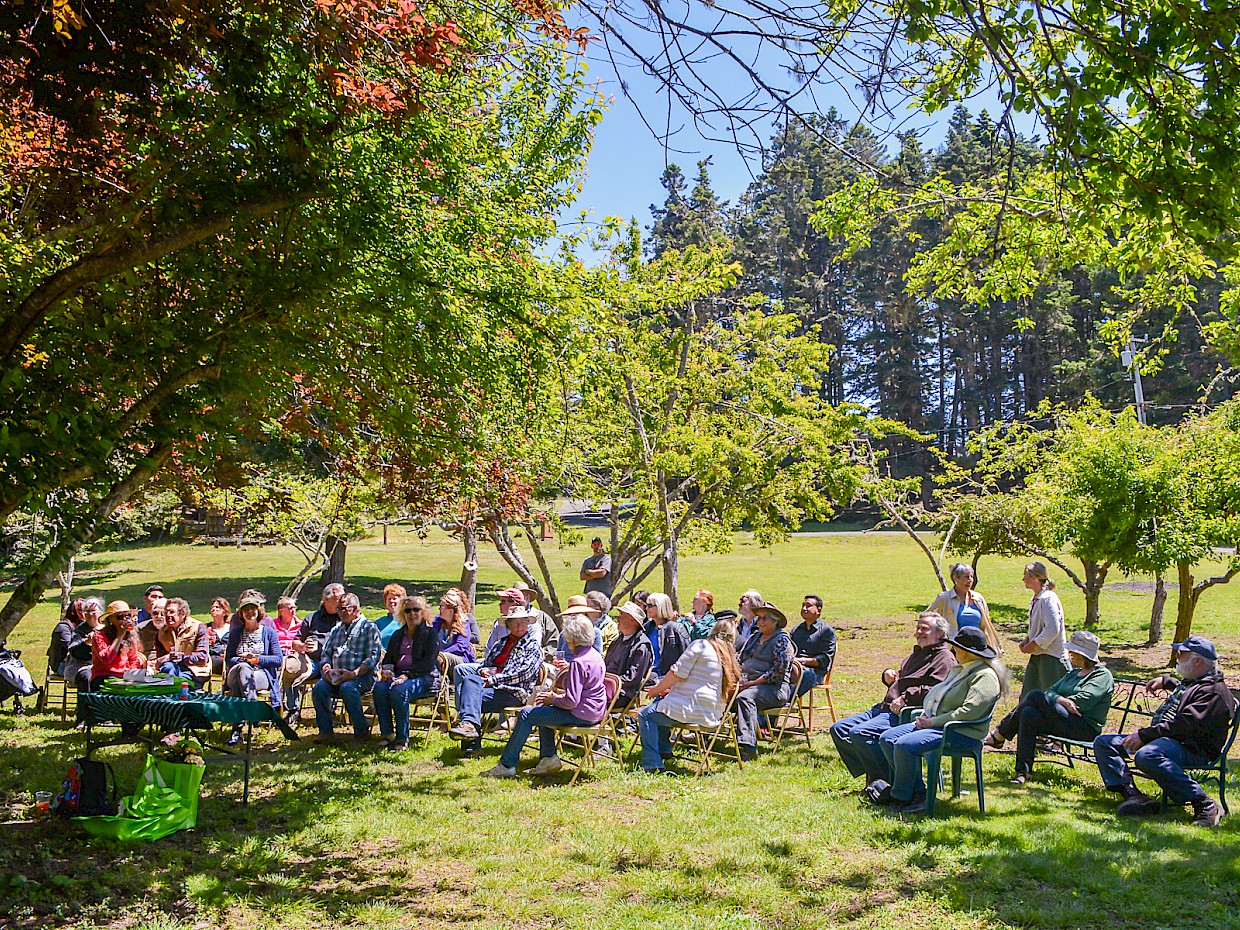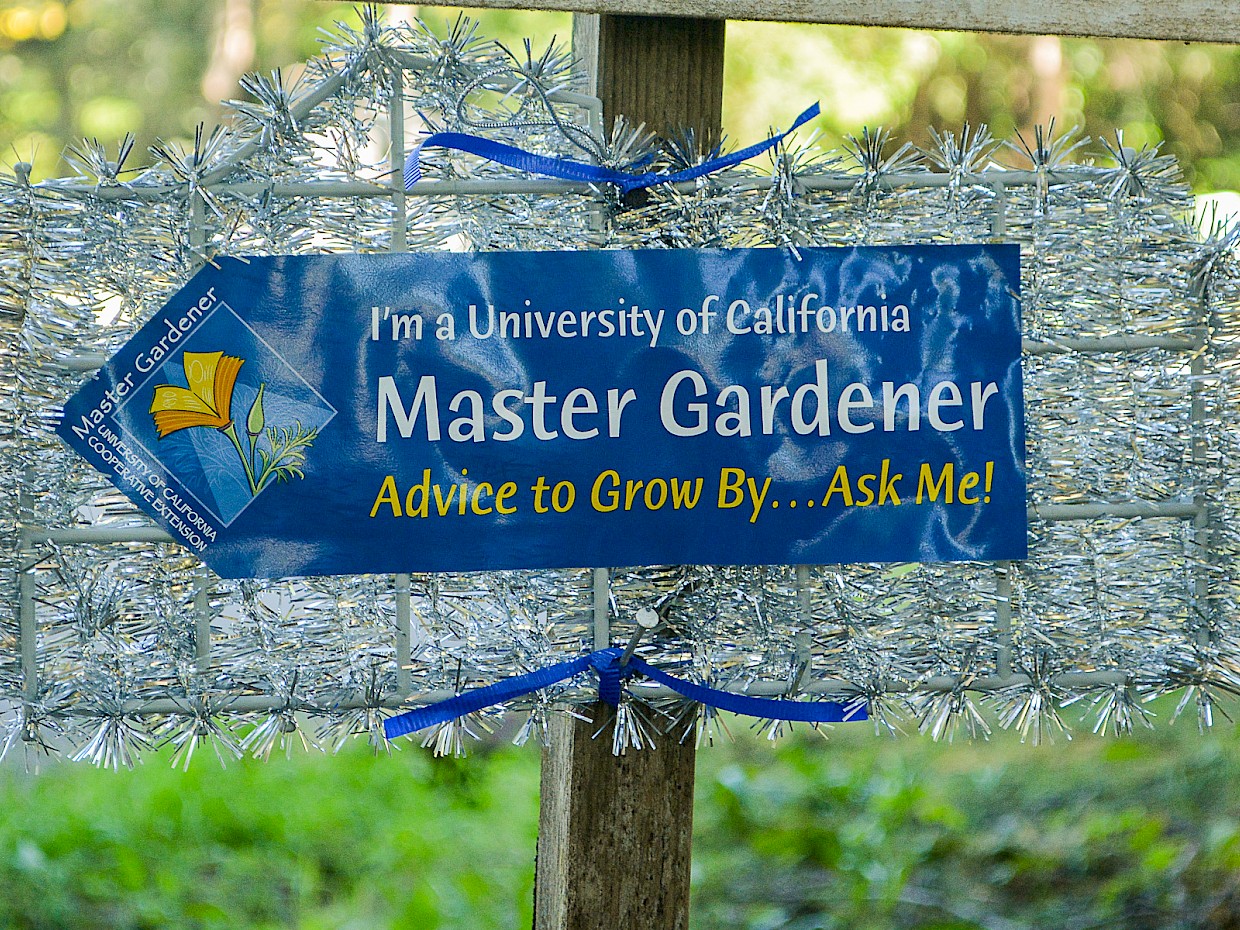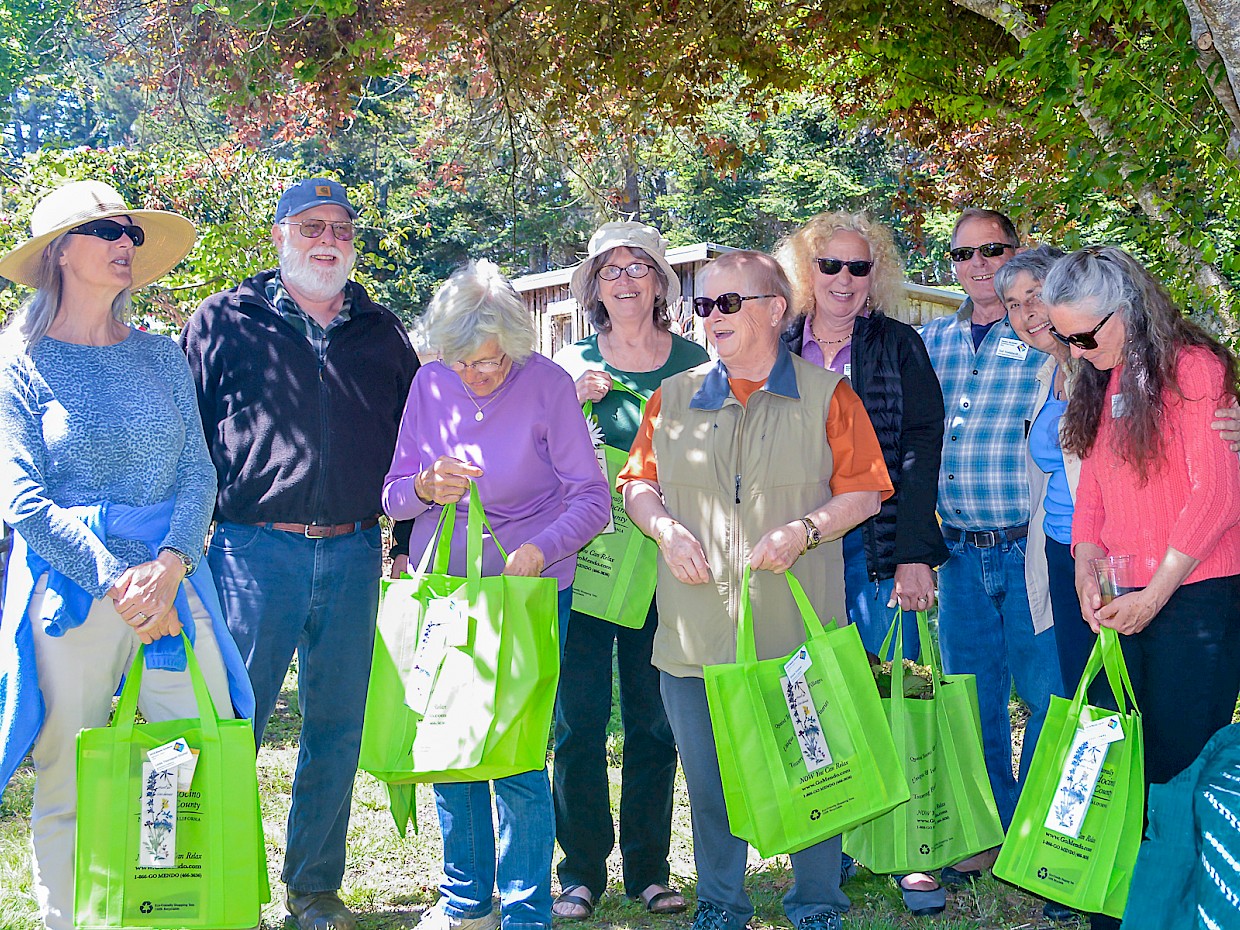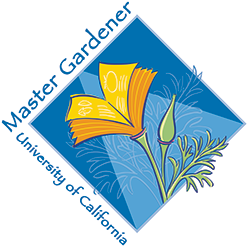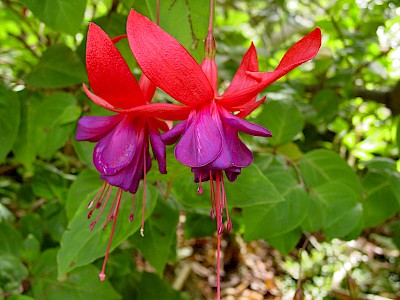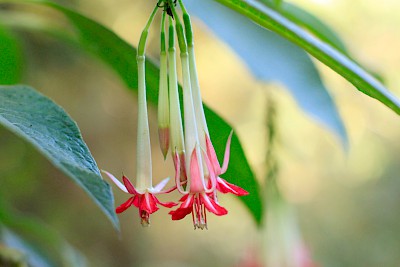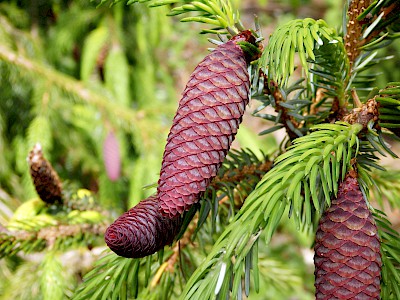Master Gardeners at the Mendocino Coast Botanical Gardens
Since 2004, Mendocino Coast Botanical Gardens has partnered with University of California Cooperative Extension (UCCE) to offer the University’s Master Gardener Program on the Mendocino Coast. The purpose of the program is to develop a corps of local volunteers who can advise and support environmentally friendly, successful gardening by other members of their communities.
The program is directed and administered by Mendocino County’s UC Extension staff and is a partnership among the University of California, the County of Mendocino, Mendocino Coast Botanical Gardens and local residents. MCBG provides classroom and library space and staff time for classroom and field instruction.
Annual 16-week trainings alternate between Ukiah and the coast. In even-numbered years, MCBG hosts a group of 20-25 students for 50+ hours of instruction in plant science and horticulture covering such topics as soils, fertilizers, irrigation, weeds, integrated pest management, fruit and landscape trees, vegetables and more. During the first year after graduation, students are expected to complete 50 hours of volunteer work. In subsequent years, each volunteer completes 12 hours of continuing education and 25 hours of volunteer service to maintain certification as a Master Gardener.
Through their volunteer activities, Master Gardeners continue their learning and reach out to the general public, enlightening them on the benefits of healthy gardens, reducing fertilizer and pesticide pollutants, conserving water, and composting green waste. Mendocino Coast Master Gardeners achieve these goals in many ways, including the following:
- Leading docent tours through MCBG
- Managing the MCBG/MG Library
- Answering garden questions on the MG Hotline
- Giving talks and demonstrations in public venues
- Assisting with the Anderson Valley Seed & Scion Exchange
- Producing and harvesting food in the MCBG demonstration garden for the Ft. Bragg Food Bank
- Advising and assisting in school and community gardens
- Staffing information tables at the Gardens and farmers' markets
- Hosting displays at the annual Apple Fair
- Answering questions at the nursery and while working in the gardens
- Conducting independent research projects
Learn more about the Master Gardener program and training.
CLICK HERE to view more photos
- Botanical Name: Ocimum basilicum Common Name: Sweet Basil Family: Laminaceae Description: Basil is from the warm climates of Africa, Asia, Central and South Americas. There are...
- The fuchsia gall mite, Aculops fuchsiae , comes from Brazil and only feeds on fuchsias. It was first discovered in the Bay Area in 1984 and...
- Botanical Name: Campanula punctata Common Name: Bellflower Family: Campanulaceae Description: The Campanula genus, which includes more than 300 annuals, perennials, and biennials has become one of...
- Botanical Name: Vaccinium corymbosum Common Name: Northern Highbush Blueberry Family: Ericaceae Description: On the Mendocino Coast, the Northern Highbush Blueberries that do well are low-chill...
- Botanical Name: Brassica oleracea Common Name: Broccoli Family: Brassicaceae Description: This cool season vegetable is a nutritious addition to your garden. A native of Western...
- Botanical Name: Brassica oleracea Common Name: Brussel Sprouts Family: Brassicaceae Description: First recorded in Belgium in 1752, this herbaceous biennial is grown as an annual....
- Botanical Name: Ribes spp. Comman Name: Currant Family: Saxifragaceae Description: Currants are in the genus Ribes, which includes gooseberries and a number of wild species...
- Botanical Name: Brassica juncea; B. rapa Common Name: Edible Mustard Greens Family: Brassicaceae Description: Mustards belong in the plant genus Brassica which includes cabbage, broccoli,...
- Botanical Name: Euphorbia spp. Common Name: Spruge Family: Euphrobiaceae Description: Euphorbiaceae is a huge genus containing more than 2,000 species including trees, shrubs, perennials, succulents,...
- General description: Edible landscapes are increasingly popular with individuals, families and in communities. One can achieve a wonderful sense of accomplishment not only in the beauty of growing...
- General Description: Here on the Mendocino Coast, we are fortunate enough to have a climate that numerous herbs thrive on. Once established, herbs become drought resistant, carry a...
- General description: Located in Sunset's climate Zone 14, inland Mendocino County's Mediterranean climate is marked by hot summers and temperate winters; the climate provides a natural home for...
- General Description: Frugality, self-sufficiency, or a gourmet palette are only some of the reasons to consider gradually a transitioning from a traditional to an edible landscape. One does...
-
Mendocino Coast Botanical Gardens Fuchsia Collection includes both species and hybrids in a variety of colors and forms.
- Dahlias are easy flowers to grow and will produce, relative to size, more flowers than any other plant. Native to the sunny foothills of Mexico and...
-
Here on the North Coast, fuchsias enjoy a nearly perfect climate. The Mendocino Coast Botanical Gardens maintains a collection of both species and hybrids. Over 60 fuchsias have been planted in the Woodland Garden. There is also a lovely display of trailing and standard fuchsias in the Display House. You can visit and enjoy the fuchsias any time from summer to late fall, even in winter if the weather is mild.
- 1. Root an early green tip-cutting of a strong, vigorous cultivar. 2. Pinch your side-shoots as they form in leaf axil. Do not remove the leaves, they...
- Growing Begonias Choosing the proper environment for begonias is essential. This is particularly true in regard to light conditions. Begonias do best in partial shade or...
- A good starting point is to choose plants naturally adapted to hot weather. Rhododendrons native to the southeastern US are good choices. Included are Rhododendron catawbiense var....
- Planting Succulents can be grown either inside or outside but, like other plants, they need plenty of light. Most require either filtered sun most of the day...
- Botanical Name: Hydrangea spp. Common Name: Hydrangea Family: Hydrangeaceae Description: Hydrangeas are deciduous shrubs or vines. Most species can be successfully grown in Zone 17,...
- The camellias most often used in landscapes are cultivars of a single species, Camellia japonica (the common or Japanese camellia). A few forms of C. sasanqua...
- Planting Best planted in the late fall through the early spring, camellias may be set out any month of the year if properly cared for. Adequate moisture...
-
Planting Spring and early fall, when temperatures are cooler and rainfall more abundant, are the best times to plant conifers . To reduce transpiration or water...
- Our mild maritime climate and sandy, acidic soils create an ideal environment for Heaths and Heathers. These beautiful, undemanding plants require full sun, yet cool soil,...
- Planting Choose a sunny area of the garden that gets at least 4 to 5 hours of sun. Do not crowd your rose with other trees and...
- The word rhododendron comes from the Greek words "rhodon", or rose, and "dendron", or tree. They offer an almost limitless range of size, shape, texture, growth habit, and...
- Planting Before choosing the site, consider the plant growth rate and how it will fit as it matures. Avoid planting in dry soils, too close to...
- Botanical Name: Iris ensata Common Name: Japanese iris Family: Iridaceae Description: The flowers on the Japanese Iris are large, lovely and in...
- Varieties: Kales and collards are varieties within the species Brassica oleracea . Collards belong in the 'acephala' variety of this species. Kales come from two varieties: ...
- Botanical Name: Lithodora diffusa Common Name: Lithodora Family: Boraginaceae Description: Lithodora is a perennial plant that is native to southern and western Europe. It forms...
- Botanical Name: Tropaeolum majus Common Name: Nasturtium Family: Tropaeolaceae Description: The garden nasturtium, also known as Indian cress, belongs to the order Geraniales, the genus...
- Botanical Name: Origanum spp. Common Name: Oregano Family: Lamiaceae Description: Twenty species of perennials and evergreen and deciduous subshrubs from open habitats distributed through Eurasia...
- Botanical Name: Pelargonium spp. Common Name: Geranium Family: Geraniaceae Description: Members of the genus Pelargonium are commonly called Geraniums. True Geraniums are a different genus...
- Botanical Name: Phormium spp. Common Name: New Zealand Flax , Mountain Flax Family: Agavaceae Description: Clumping evergreen grass-like plant from New Zealand. There are...
- Botanical Name: Cucurbita spp. Common Name: Pumpkin Family: Cucurbitaceae Description: Pumpkin is an annual; its life cycle is completed in a single growing season. It...
- Botanical Name: Lathyrus odoratus, L. latifolis Common Name: Sweet Pea Family name: Fabaceae (Leguminosae) Description: For color, fragrance, long-bloom season, pest and disease resistance, sweet...
- While most rhododendrons thrive anywhere on the West Coast, the area between Eureka and Monterey Bay is considered the prime growing site. The fragrant plants in the ...
« Previous: Farmhouse & Education Center

